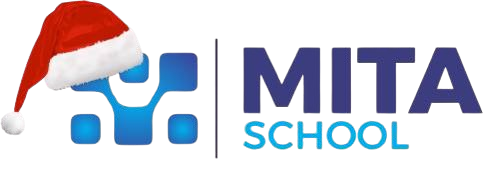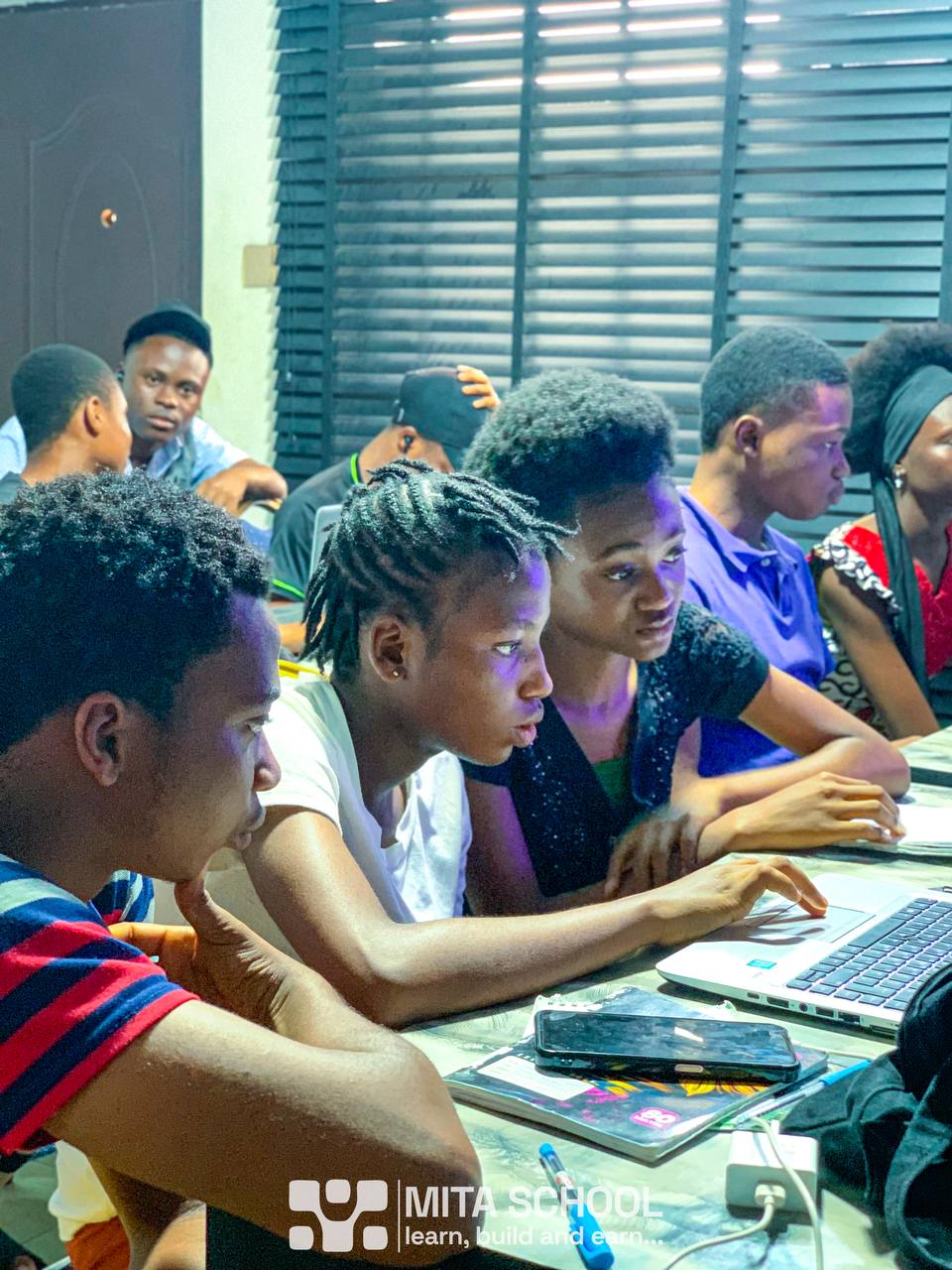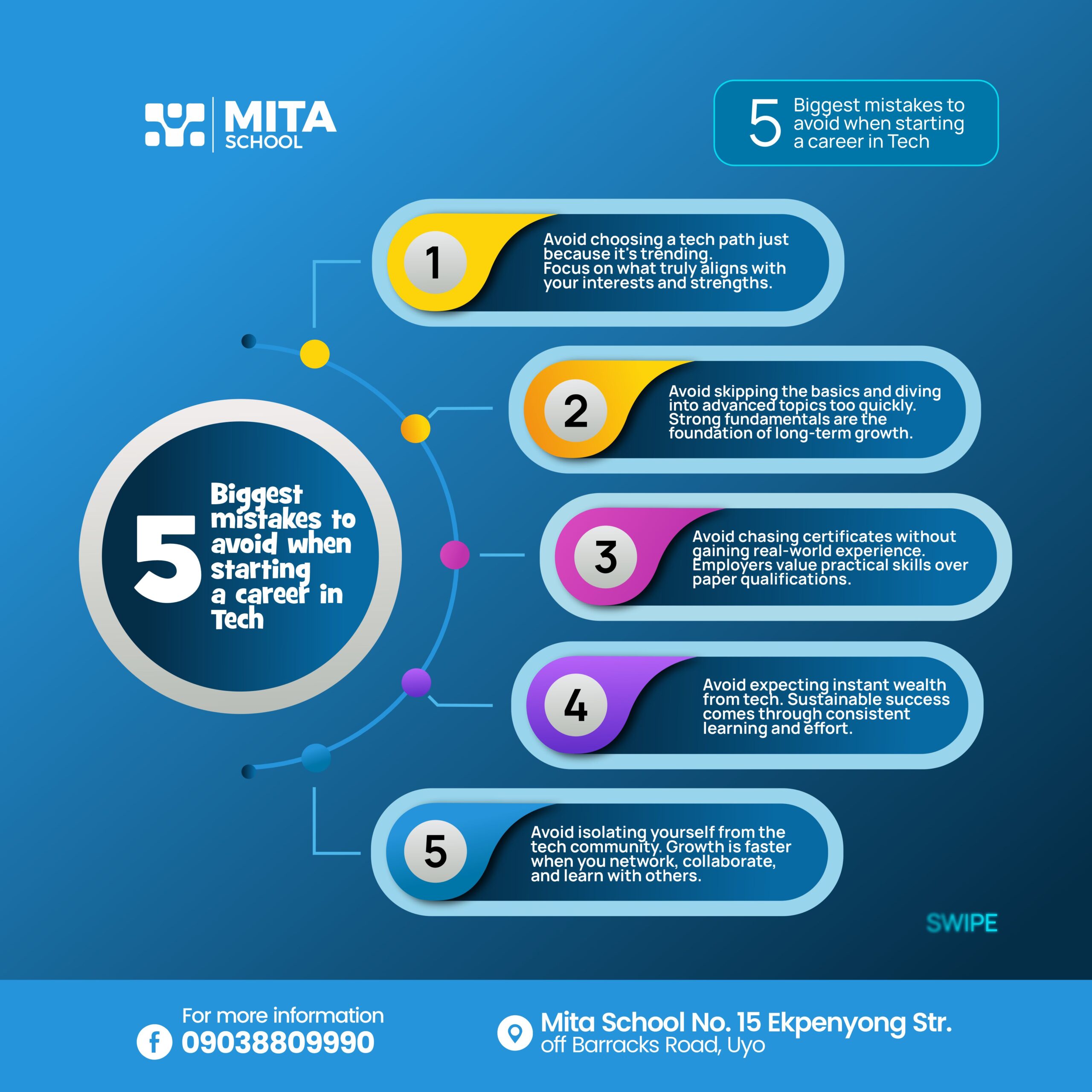Every Thursday, the world of technology has its way of whispering stories from the past, stories of codes written on punch cards, giant machines humming in cold labs, and pioneers who dared to imagine a future where humans and computers would work hand in hand. On this Throwback Thursday, we go back in time to revisit one of the most iconic milestones in computing history: the birth of FORTRAN in 1956

On Thursday, October 15, 1956, IBM unveiled what would become the first widely used high-level programming language – FORTRAN (Formula Translation). Before this, computers were programmed in assembly language and machine code, which required painstaking precision and days, even weeks, of work to produce results. FORTRAN, designed under the leadership of John Backus, was revolutionary. It simplified coding by allowing programmers to use more natural, mathematical expressions. In simple terms, FORTRAN taught computers how to understand human logic more easily, and that changed everything.
This wasn’t just a software release, it was the dawn of a new era. Suddenly, scientists, engineers, and researchers could write programs for complex scientific calculations, space missions, and business applications without spending endless nights debugging machine-level code. In fact, FORTRAN was so impactful that it powered the calculations behind NASA’s space exploration programs, including the Apollo missions. Imagine this: a language born on a Thursday helped put humans on the moon!

Fast forward a few decades and the world of programming continued to evolve. Languages like C, Smalltalk, and C++ introduced the concept of object-oriented programming, allowing developers to build software in modules and reuse code – concepts still powering modern apps today. By the 1990s, Tim Berners-Lee’s invention of HTML and the World Wide Web opened the door to something unimaginable in the FORTRAN era: a connected digital world where information was free-flowing and accessible from any corner of the globe.
And then came Web3, the revolution of our own generation. In the 2020s, blockchain technology, decentralized finance (DeFi), and NFTs exploded into the mainstream. Where FORTRAN once helped scientists calculate rocket trajectories, Ethereum smart contracts and decentralized apps now help create digital economies without middlemen. In 2021, when Facebook rebranded itself as Meta, it was more than a name change- it was a signal that the world was stepping into the metaverse, a digital universe as boundless as the pioneers of the 1950s could only dream of.

But why does revisiting the past matter for us today? Because history teaches us that today’s impossible is tomorrow’s normal. Grace Hopper’s compiler in the 1950s, Backus’ FORTRAN team, Berners-Lee’s HTML, and Satoshi Nakamoto’s Bitcoin whitepaper all remind us that every innovation builds on what came before it. And here at Mitaschool, we embrace that philosophy fully. We are not just teaching students how to code, we are teaching them how to think like innovators. From learning the fundamentals of programming to exploring the frontiers of Web3, blockchain, and the metaverse, our mission is to prepare the next generation of pioneers who will write history on future Thursdays.
So, as we celebrate this Throwback Thursday, let’s remember: the punch cards of yesterday became the smart contracts of today, and the projects our students build at Mitaschool may very well become the revolutions of tomorrow.

Let’s Learn What Mitaschool Can Do
At Mitaschool, we believe that education is not just about learning code or mastering a single tool, it’s about understanding the journey of technology and preparing to shape what comes next. Just as pioneers like John Backus and Grace Hopper opened doors for new possibilities, Mitaschool is opening doors for today’s learners to become tomorrow’s innovators.
Here’s what sets Mitaschool apart:
-
A Foundation in Core Coding Skills
We start by teaching students the essentials: HTML, CSS, JavaScript, PHP, and databases. These are the modern equivalents of FORTRAN fundamentals that every developer must master before building groundbreaking systems. -
Exploring Emerging Technologies
Beyond the basics, our students dive into Web3, blockchain, smart contracts, and decentralized apps. We show them how the punch cards of the past evolved into the blockchains of today, and how they can use this knowledge to build projects that matter. -
Hands-On, Project-Based Learning
At Mitaschool, theory comes alive through projects. Students don’t just read about programming history, they build apps, design systems, and create real-world solutions that prepare them for careers in tech. -
Mentorship from Industry Experts
Just as great minds guided the early computer scientists, our tutors and mentors provide personalized guidance, ensuring students develop not only technical skills but also the mindset of innovators. -
Global Outlook with Local Relevance
While we teach globally recognized tech skills, Mitaschool remains committed to empowering Africa and beyond. We believe the next big tech disruption may come from a student sitting in a Mitaschool classroom today. -
Shaping Future Leaders
We don’t just train coders , we nurture leaders, entrepreneurs, and creators who will use technology to solve problems, build startups, and contribute to a better digital future.
In short, Mitaschool is where history meets the future. From the legacy of FORTRAN to the possibilities of Web3, we are equipping students with the tools, skills, and vision to build what comes next.





